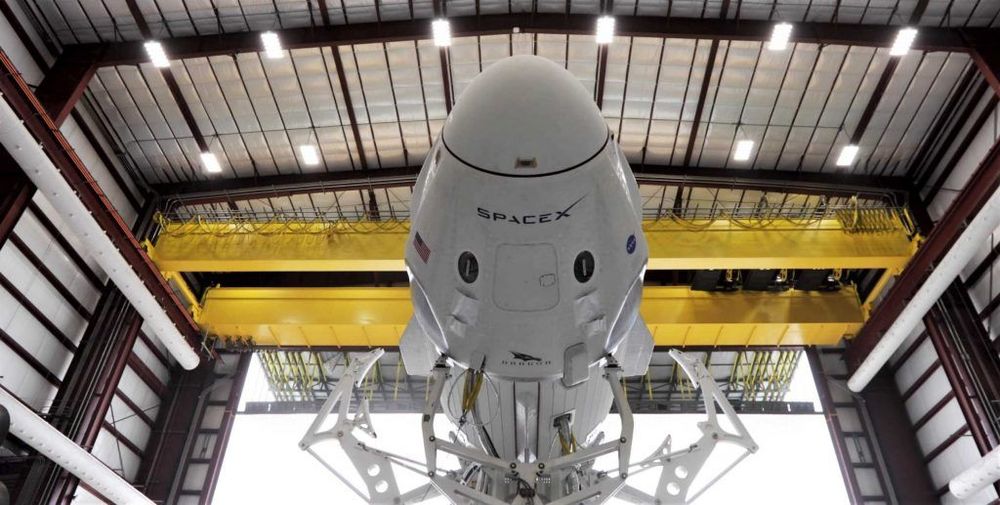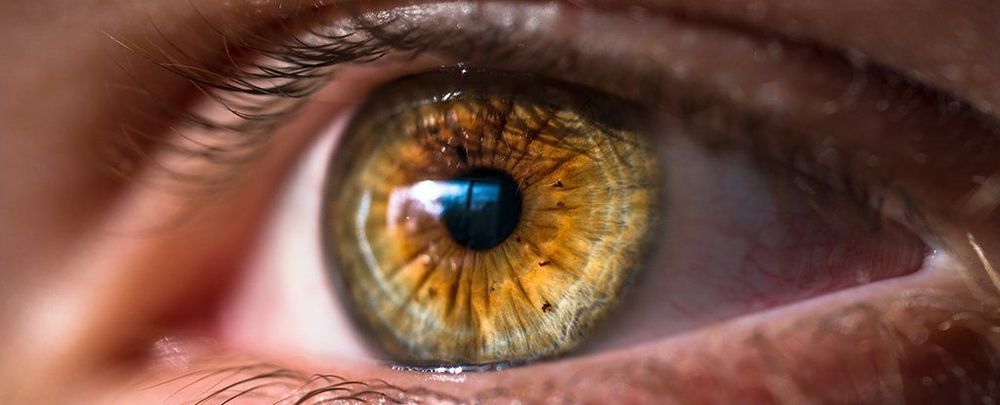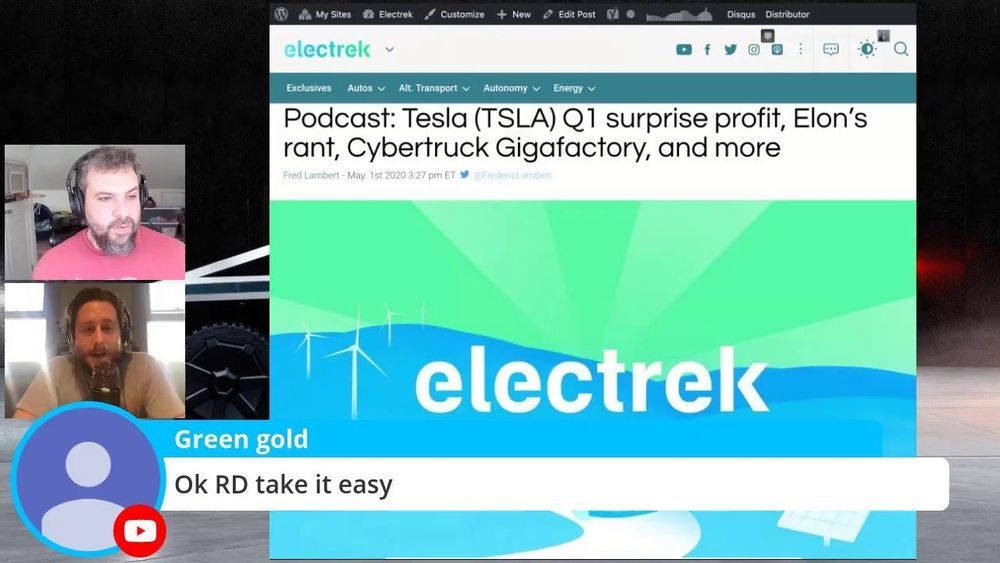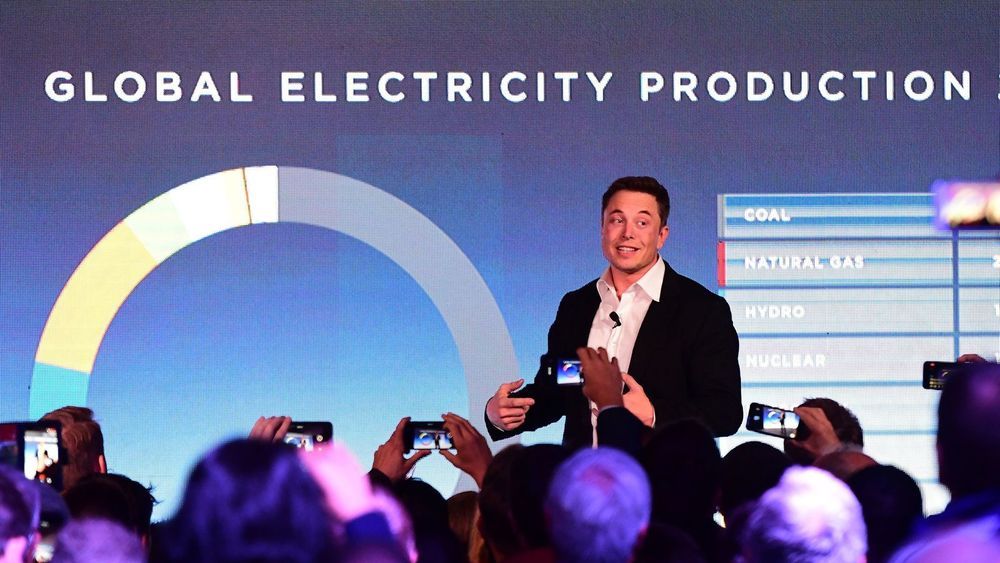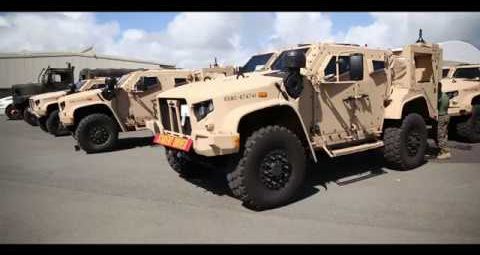Rats and equations help researchers develop a theory of how our brains keep track of when events took place.
With less than a month to go before the historic first crewed flight – and final human rating certification test – of the SpaceX Crew Dragon Demonstration 2 mission, NASA and SpaceX jointly held a full day of pre-mission press conferences on Friday, May 1st. Throughout the day many minor, but crucial, details were revealed.
Two primary technical concerns remained prior to Crew Dragon’s debut astronaut mission- the final drop test of the Crew Dragon Mark III parachutes and NASA’s clearance of SpaceX’s resolution of an in-flight engine-out anomaly suffered during the ascent phase of a previous Starlink mission.
Scientists have discovered that eyes and brains in rodents seem to have uncannily similar drainage systems used for self cleaning, and there’s reason to think this might apply to us, too.
This sort of maintenance is necessary to wash away waste cells and fluids, and we know that brains make use of a tiny network of pipes known as the glymphatic system, similar to the lymphatic system that clears out rubbish from the rest of the body.
New tests on mice and rats show that the structures at the back of their eyes — like the optic nerve and the retina — take a page or two from the glymphatic system playbook. In the absence of the standard lymphatic vessels, they funnel waste products through a network a lot like the one the brain uses.
Adapting the architecture for small city cars in a cost-efficient way is proving to be challenging because of the need to strip out a third of the costs compared with the ID.3.
Engineers have looked at everything from smaller electric motors to different battery module configurations to give the small EVs the high standard of crash protection that will be expected by customers.
Going back to March 2019, VW Group CEO Herbert Diess said it would use a new brand, likely the Spanish Seat marque, for electric versions of its small city cars – the VW Up, Skoda Citigo, and Seat Mii. The goal was to make “a great step toward an even more affordable electric mobility.”
“Holy God. We’re about to lose everything.” Airbnb hosts built mini-empires of rental homes. Now customers have vanished, and mortgages are due.
Entrepreneurs built mini-empires of short-term rental properties, borrowing against revenue that’s now vanishing under coronavirus lockdowns.
The US firm, known for its electric vehicles, also has operations in battery energy storage and solar panel manufacturing.
The tree helped build industrial America before disease wiped out an estimated three billion or more of them. To revive their lost glory, we may need to embrace tinkering with nature.
An American chestnut near Rockport, Maine. Credit… John Chiara for The New York Times.
The JLTV is the successor to the Humvee, and the Army plans to buy at least 50,000 in the coming decades.
The Army, concerned that civilian adoption of electric vehicles could leave it vulnerable, is looking into making the JLTV itself an EV.
An electric JLTV would reduce the need for diesel fuel at remote outposts, with power provided by solar or nuclear energy.
#USArmy
#USmilitary
#MilitaryNews

